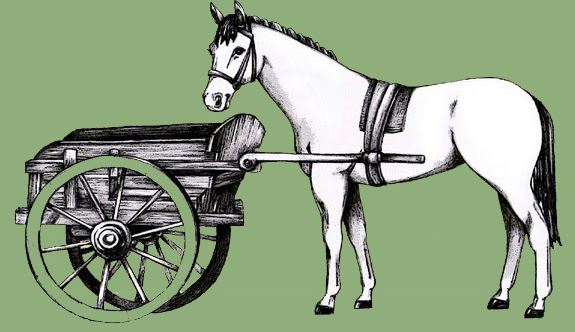
Five Tips for the Perfect Media Pitch
If you work in communications at a nonprofit, I’m sure it’s happened to you before — you spend a week or two writing, editing, and getting the higher-ups’ okay on a press release about your organization’s exciting new program. You’ve crafted your list of five or ten journalists you’d like to cover the story. You email them the press release, call to follow up, and then… nothing. Hello? It’s like you’re talking to an empty room! What went wrong?
Probably you made a pitching error. In many ways, your pitch is more crucial than your press release. The pitch tells a journalist why he or she should care about your story. If it’s intriguing, he or she will want to hear more. Here are five of my tips for crafting the perfect pitch and nabbing the story.
1. Know the difference between a pitch and a release. Your release tells the world the who, what, why, when, and how of your news. Your pitch tells a journalist how this news could be crafted into a story that fits his or her specific interests. It’s key that you know what the journalist covers and that your pitch is tailored.
2. Keep it short. Reporters are busy people. They don’t want to wade through 300 words to get to the meat of your story. If you can’t tell them why they should care in three sentences or less, they probably won’t.
3. No attachments! Copy and paste your press release into the body of an email, just below your pitch. This is utterly necessary when you’re cold pitching. Once you get to know a reporter, you can get away with attaching documents, but ask the reporter how they prefer to receive information. A PDF is the safest bet.
4. Know when to be in touch. Reporters are working stiffs just like you. They have to get through their days, and like any job, theirs has a rhythm. Newspaper reporters are usually in the office following up on story ideas or making phone calls by late morning, making this a great time to reach them. Avoid deadline hours (4-7pm) like the plague. TV news is best reached first thing in the morning (6-9am), when producers create assignments for the day. Remember that the news cycle can help or hurt you — if it’s election time, you might be able to tie your work into the candidates’ policies and score an interview for your executive director, or you might find that the political reporters are all on the campaign trail and too busy to talk to you.
5. Don’t forget the artwork. Print, internet, and TV are all visual mediums. Let a reporter know in advance if he or she will have access to photos or if the paper can send a photographer to cover an event. You’d be surprised the difference beautiful visuals can make!
If all else fails, remember that you can always create your own news! Channels like The Huffington Post offer blog space for non-journalists, or you can write and submit an op-ed to your local paper. Offer to write guest content for another organization’s blog or newsletter. These days, if it’s on the web, someone will read it!





